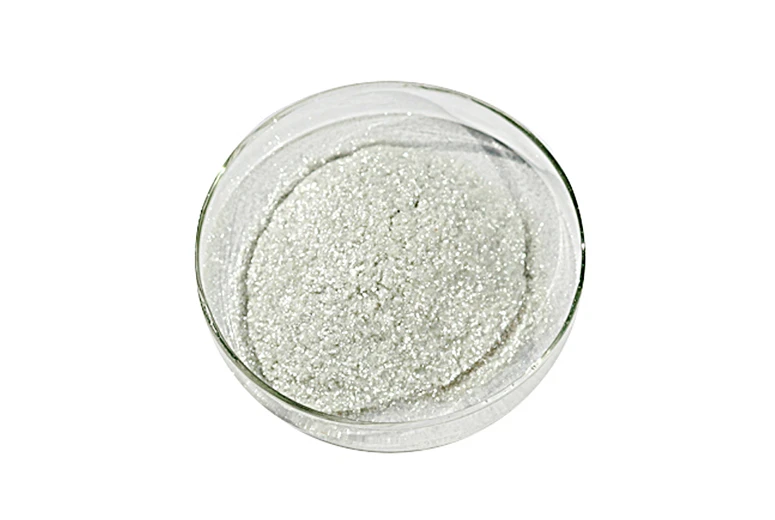Trustworthiness is a cornerstone of any successful export business
. Over the years, I have cultivated a transparent, ethical framework for sourcing mica, ensuring that all mining activities adhere to stringent environmental and ethical standards. Establishing sustainable supply chains has been crucial, not only for regulatory compliance but also for maintaining credibility among environmentally-conscious consumers and businesses. Through direct involvement in mining site audits, I've ensured that the working conditions are safe and sustainable, aligning with international labor standards.


